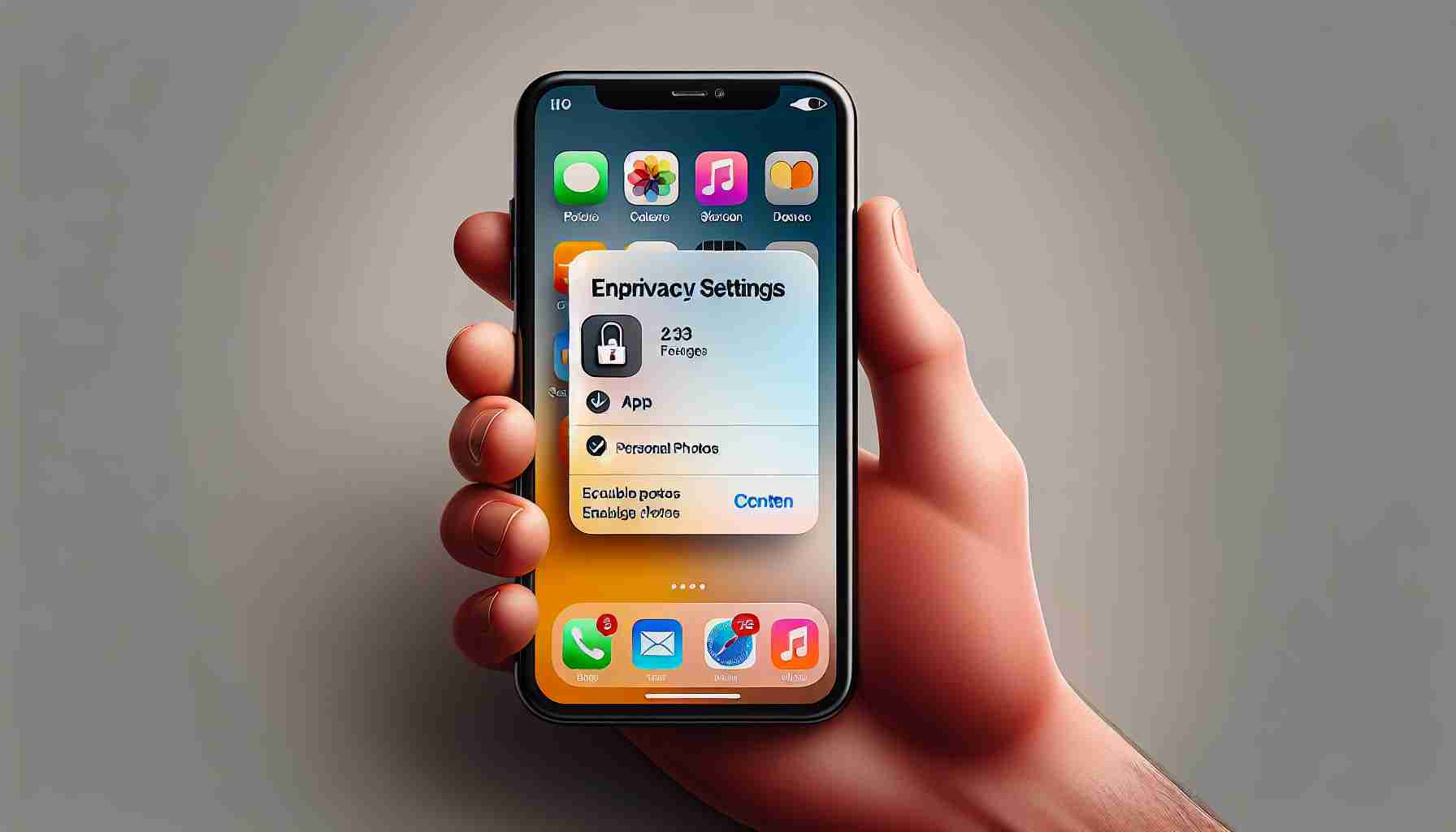As smartphone owners regularly capture life’s moments, there exists a need to occasionally share those memories with family and friends. However, some captured moments are meant to remain private and shouldn’t be viewed by everyone. Fortunately for iPhone users, iOS offers a feature to easily conceal certain photos within the default ‘Photos’ app.
Protect Your Snapshots from Prying Eyes
Securing personal photos and videos is a breeze on iOS devices, including iPhones, iPads, or Macs. Apple describes a method where hidden images are moved to an ‘Hidden’ album, which is not readily visible in your media library, other albums, or the home screen’s photo widget. For devices running iOS 14 or later, this clandestine album can be further concealed within the settings, making its contents even more secure.
As technology continues to advance, Apple is already hinting at new features and enhancements set to arrive with the iPhone 16 lineup – including potential AI capabilities and a resolution to a persistent camera issue – tingling the excitement for Apple’s Worldwide Developer Conference in the summer.
Hidden Album Requires Authentication
Beginning with iOS 16, iPadOS 16.1, and macOS Ventura, accessing the ‘Hidden’ album demands authentication, harnessing Face ID or Touch ID for added security. The changes sync across all devices through iCloud Photos, ensuring uniform privacy regardless of the device used.
To hide a photograph or video:
1. Open the Photos app.
2. Select the item to conceal.
3. Tap the ‘More’ button, symbolized by three dots in a circle.
4. Choose “Hide” and confirm your action.
Accessing these hidden treasures again requires opening the Photos app, navigating to the ‘Albums’ tab, and selecting the ‘Hidden’ album. Confirmation via Face ID or Touch ID grants you the power to edit or share the concealed items at will.
Managing Visibility
Once you decide to return the images to plain sight, reverse the hiding process through the ‘More’ button. These privacy steps are not exclusive to iPhones and iPads; they also apply to Macs, where hiding and revealing photos is similarly managed through shortcut commands.
As technology continuously evolves, integrating such privacy functions into our digital routines becomes ever more crucial. Amidst the enhancement of our digital experiences, remembering to take regular breaks from our screens is essential for maintaining mental health, warding off issues like depression and sleep disturbances.
While the article provides details about managing the visibility of personal photos on an iPhone and how to hide them using iOS features, there are additional aspects and considerations worth mentioning:
Key Questions and Answers:
– What happens to hidden photos when devices are synced? Hidden photos will remain hidden across all devices synced with the same iCloud account when using iCloud Photos.
– Can hidden photos be included in backups? Yes, hidden photos are included in iCloud backups and iTunes backups like any other photo.
– How can users permanently delete sensitive images to ensure they’re not recoverable? To permanently delete a photo, it must be removed from the ‘Recently Deleted’ folder in the Photos app.
Key Challenges or Controversies:
– Even with the ‘Hidden’ album, there is a risk of unauthorized access if the device is unlocked. Constant vigilance with device security is necessary.
– While photos are hidden in the Photos app, they may still be accessible through other means, such as direct file system access if the device is compromised.
– Some users might find Apple’s privacy measures either too complex or not intuitive, leading to accidental exposure of personal photos.
Advantages and Disadvantages:
– Advantages: Utilizing the hiding feature enhances privacy and allows users to keep personal content away from unintended audiences.
– Hiding photos is seamless and integrates well with Apple’s ecosystem, offering convenience across multiple devices.
– Advanced security features like Face ID or Touch ID add an additional layer of protection for hidden photos.
– Disadvantages: Hidden albums are still relatively easy to find for someone who has access to an unlocked device and knows where to look.
– There is no end-to-end encryption specifically for hidden photos; they are protected by the same security measures as the rest of the device.
– Users must actively manage which photos are hidden or revealed, which can be time-consuming or cumbersome.
Related information on how to manage and protect your privacy on iOS devices can be further researched on Apple’s official website, Apple. It’s crucial to keep in mind that third-party applications may offer additional privacy features, such as password-protected photo vaults, which might provide a different level of security for personal images. However, users need to assess the credibility and security measures of these apps before relying on them for privacy.
